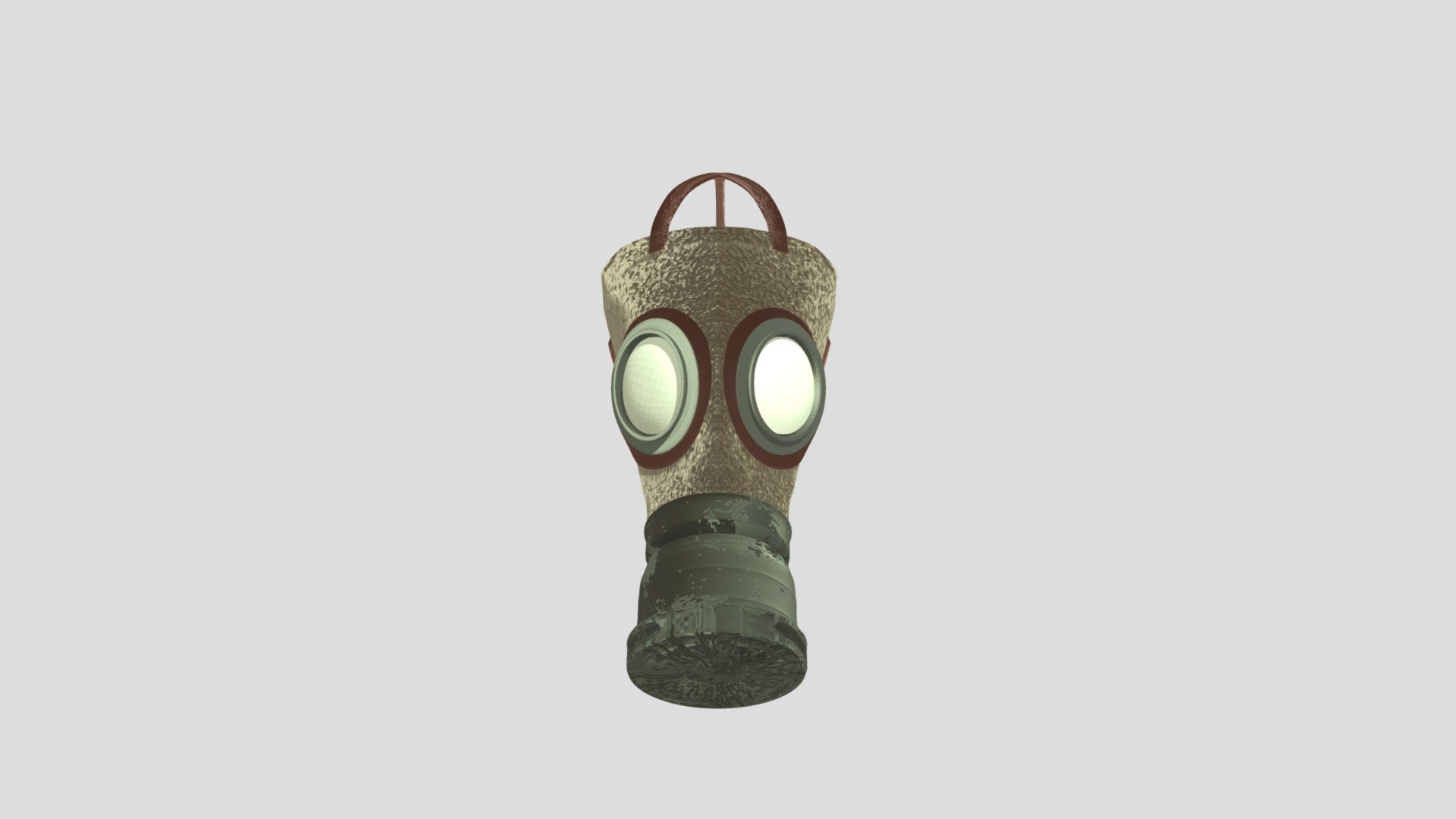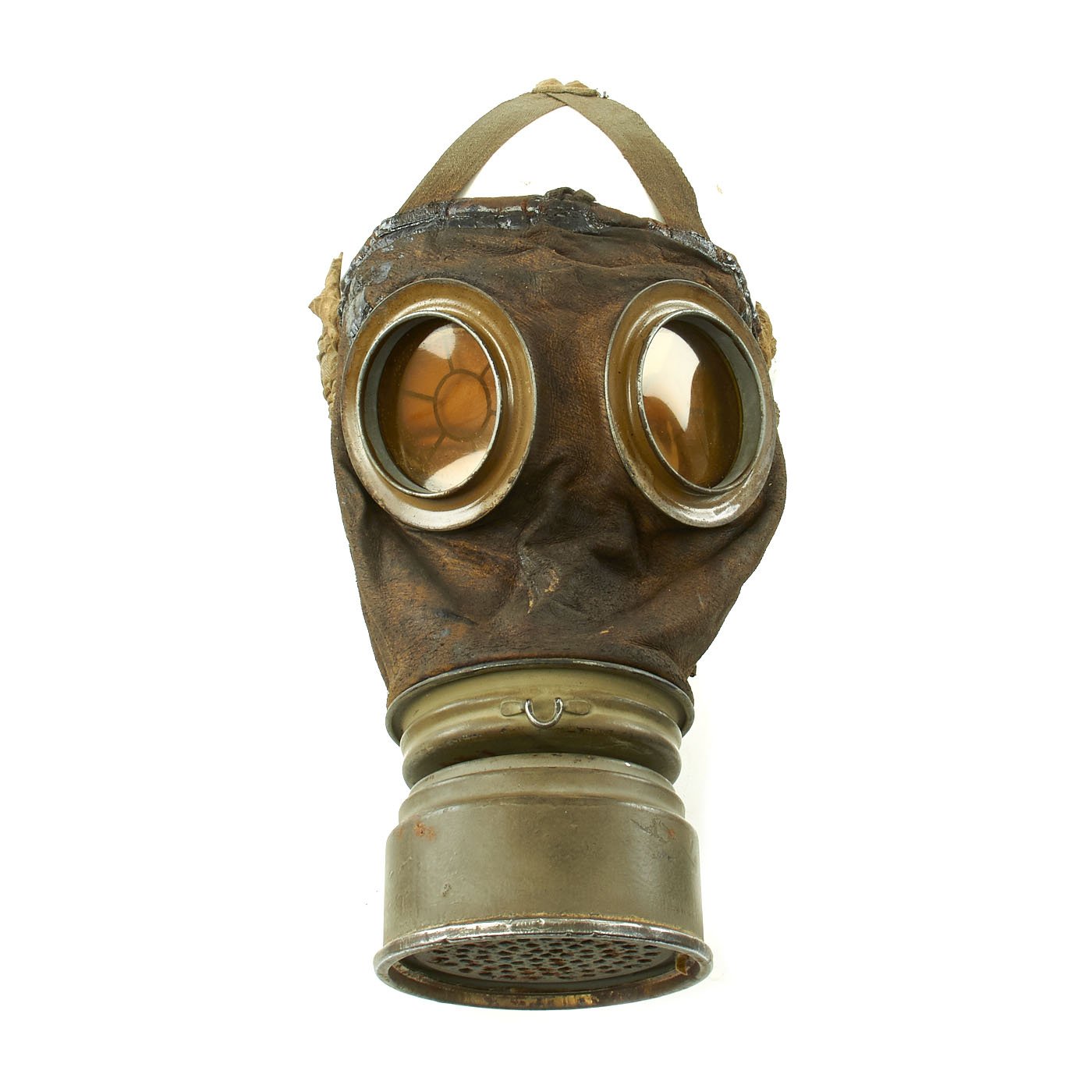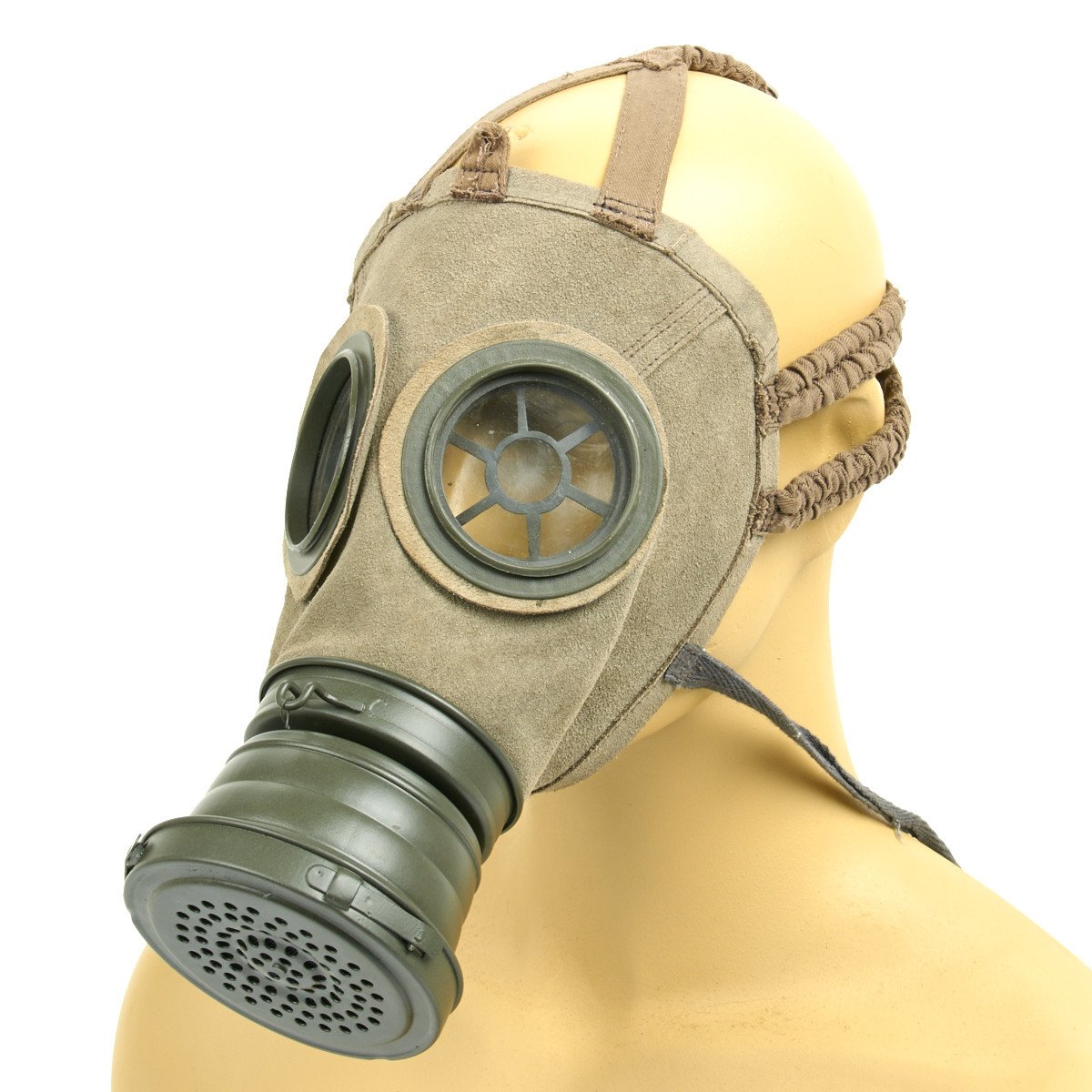

The Allies begin using mustard gas against German troops.Ī young Adolf Hitler, an enlisted messenger in the trenches at Werwick near Ypres, is temporarily blinded during a gas attack. Soon 10% of American artillery shells contain chemical weapons. research on mustard gas moves from a lab at American University in Maryland to a site called Edgewood Arsenal run by the newly created Chemical Warfare Service.

During the first three weeks of mustard-gas use, Allied casualties equal the previous year’s chemical-weapons casualties. Mustard gas is used for the first time by German forces it causes more than 2,100 casualties. More than 1,000 British soldiers are injured and 120 die. Six days before Christmas, Germans first use phosgene on Allied troops. They release chlorine gas from cylinders.

The British military uses chemical weapons for the first time against the Germans at the Battle of Loos. In the end more than 1,100 people are killed by the attack and 7,000 are injured. Nearly 170 metric tons of chlorine gas in 5,730 cylinders are buried along a four-mile stretch of the front. The German military launches the first large-scale use of chemical weapons in war at Ypres, Belgium. The Russians are unharmed because the extreme cold keeps the liquid from vaporizing.

The Germans fire 18,000 shells filled with the irritant xylyl bromide at Russian troops at Bolinow. The British are unaware that they had been subjected to a chemical attack because the chemical is incinerated by the explosive charge. German forces fire 3,000 shells containing dianisidine chlorosulfate, a lung irritant, at the British army at Neuve-Chapelle. 1914ĭuring the first month of World War I the French deploy tear-gas grenades, first developed in 1912 for police use.
#Nazi wwi gas mask series
1874–1907Ī series of international treaties signed by most Western nations bans the use of poison and poisonous weapons in war. Among a multitude of unrealized ideas, New York City schoolteacher John Doughty recommends firing chlorine-gas projectiles at Confederate troops, and Confederate soldier Isham Walker suggests dropping canisters of poison gas from balloons. 1861–1865ĭuring the American Civil War civilians and soldiers on both sides propose using chemical weapons. 1845ĭuring the French conquest of Algeria, French troops force more than 1,000 members of a Berber tribe into a cave and then use smoke to kill them. 1675įrance and Germany sign the Strasbourg Agreement, the first international agreement to ban chemical weapons, in this case outlawing the use of poisoned bullets. Peloponnesian forces use sulfur fumes against the town of Plataea. The Athenian military taints the water supply of the besieged city of Kirrha with poisonous hellebore plants. Here are some notable moments in chemical warfare through the ages. Since the dawn of warfare people have sought new ways to kill one another. Mustard gas caused the highest number of casualties from chemical weapons-upward of 120,000 by some estimates-but it caused few direct deaths because the open air of the battlefield kept concentrations below the lethal threshold. Exposure sensitized victims further exposure even at lower doses produced symptoms. Mustard gas could also contaminate land where it had been deployed. As the blisters pop, they often become infected.
#Nazi wwi gas mask skin
Worse, skin begins to blister, particularly in moist areas, such as the armpits and genitals. Hours after exposure a victim’s eyes become bloodshot, begin to water, and become increasingly painful, with some victims suffering temporary blindness. It has a potent smell some say it reeks of garlic, gasoline, rubber, or dead horses. Like phosgene, its effects are not immediate. Mustard gas, a potent blistering agent, was dubbed King of the Battle Gases. Phosgene was responsible for 85% of chemical-weapons fatalities during World War I. Although the Germans were the first to use phosgene on the battlefield, it became the primary chemical weapon of the Allies. After a day or two, victims’ lungs would fill with fluid, and they would slowly suffocate in an agonizing death. Phosgene is also a much stealthier weapon: it’s colorless, and soldiers did not at first know they had received a fatal dose. Phosgene, which smells like moldy hay, is also an irritant but six times more deadly than chlorine gas. At high enough doses it kills by asphyxiation. Three substances were responsible for most chemical-weapons injuries and deaths during World War I: chlorine, phosgene, and mustard gas.Ĭhlorine gas, used on the infamous day of April 22, 1915, produces a greenish-yellow cloud that smells of bleach and immediately irritates the eyes, nose, lungs, and throat of those exposed to it.


 0 kommentar(er)
0 kommentar(er)
